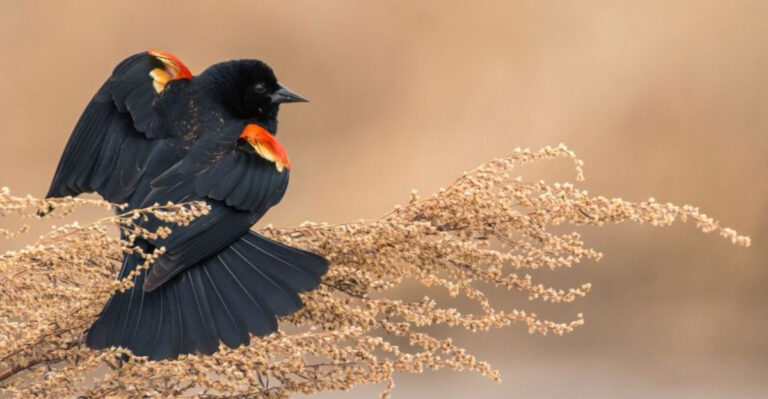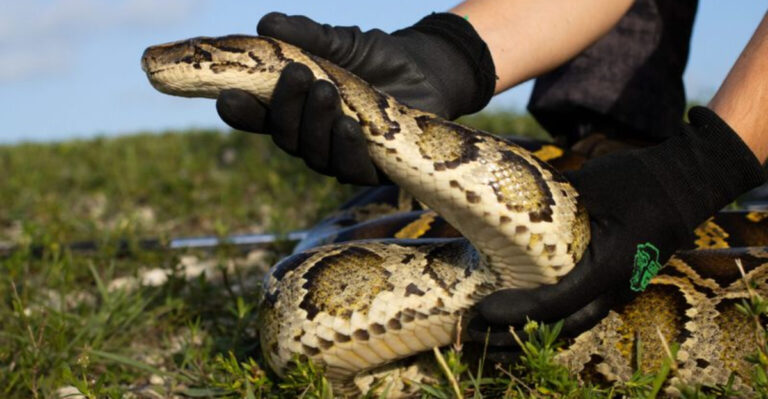Scientists Drop 40 Million Genetically Modified Mosquitoes On Hawaii
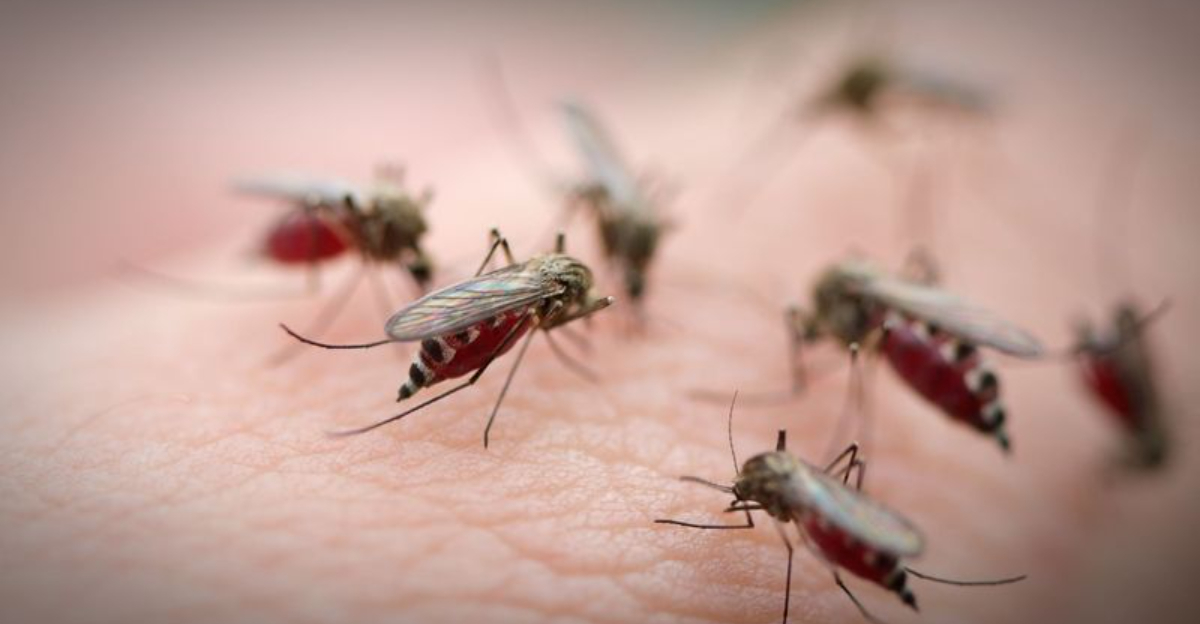
Hawaii’s beautiful native birds face a deadly threat: avian malaria spread by mosquitoes. To save these endangered species, scientists have taken a bold step by releasing millions of genetically modified mosquitoes across the islands.
This innovative approach aims to reduce mosquito populations that carry the disease and could be the last hope for Hawaii’s unique honeycreeper birds.
1. 40 Million Genetically Modified Mosquitoes Released In Hawaii
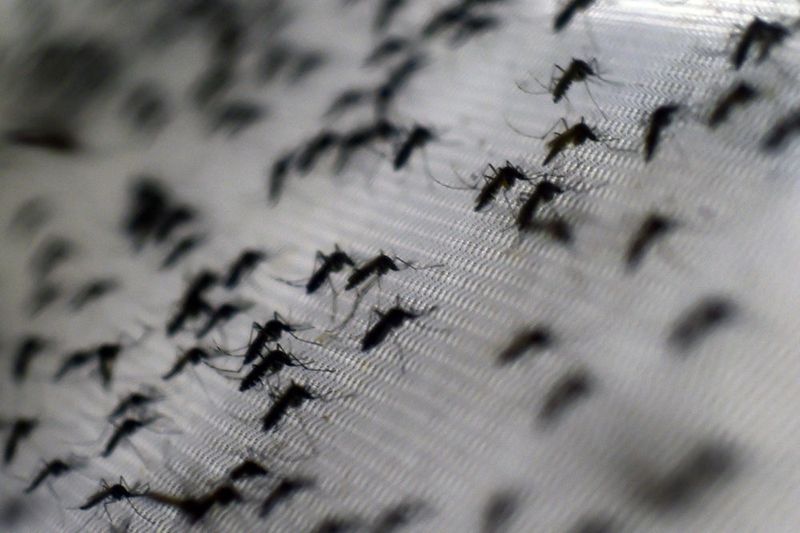
The massive release marks one of the largest field trials of its kind. Scientists carefully bred these special mosquitoes in labs before distributing them across key habitats.
Only male mosquitoes were released, as they don’t bite or spread disease. Instead, they mate with wild females, passing on genes that prevent offspring from surviving.
2. Why Hawaii Is Using Genetically Modified Mosquitoes To Save Birds

Rising temperatures have allowed mosquitoes to reach higher elevations where vulnerable birds once found refuge. Native Hawaiian birds never developed immunity to mosquito-borne diseases like avian malaria.
With conventional methods failing, genetic technology offers a targeted approach that could break the transmission cycle without chemicals or harming other wildlife.
3. The Role Of Mosquitoes In Spreading Avian Malaria In Hawaii

Mosquitoes weren’t always in Hawaii! These buzzing pests arrived in the 1800s aboard ships, bringing avian malaria with them. The parasite multiplies inside the mosquito before being injected into birds during feeding.
Just one bite from an infected mosquito can kill a honeycreeper within weeks, devastating bird populations that evolved without defenses.
4. How Genetically Modified Mosquitoes Could Save Hawaii’s Honeycreepers
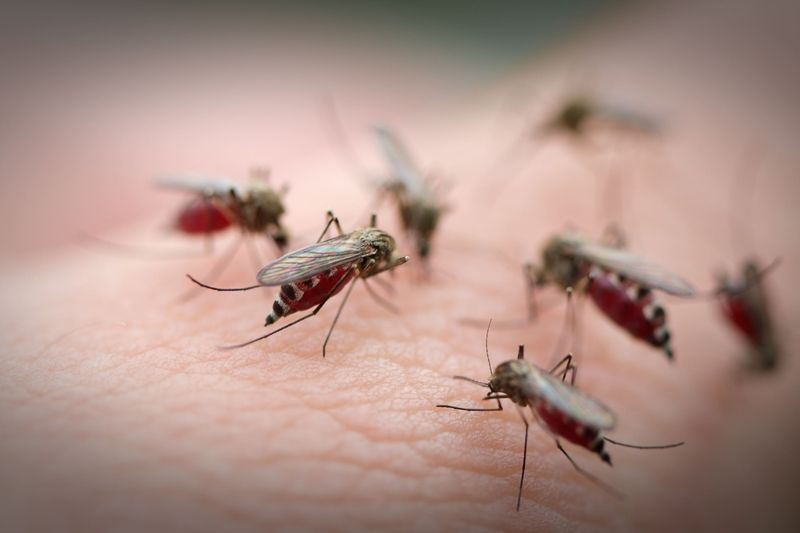
These engineered mosquitoes carry a special gene that gets passed to offspring. When modified males mate with wild females, their offspring die before reaching adulthood.
Over time, this clever technique causes mosquito populations to crash. Fewer mosquitoes means fewer disease carriers, giving endangered birds a fighting chance at recovery.
5. Hawaii’s Last-Ditch Effort To Save Endangered Honeycreepers

Eight honeycreeper species have vanished in recent decades, with only 17 remaining. Some species, like the ‘akikiki, have fewer than 50 birds left in the wild!
Conservationists turned to genetic technology after traditional methods couldn’t keep pace with declining populations. This mosquito project represents a race against time to prevent complete extinction.
6. The Threat Of Avian Malaria To Hawaii’s Native Bird Species
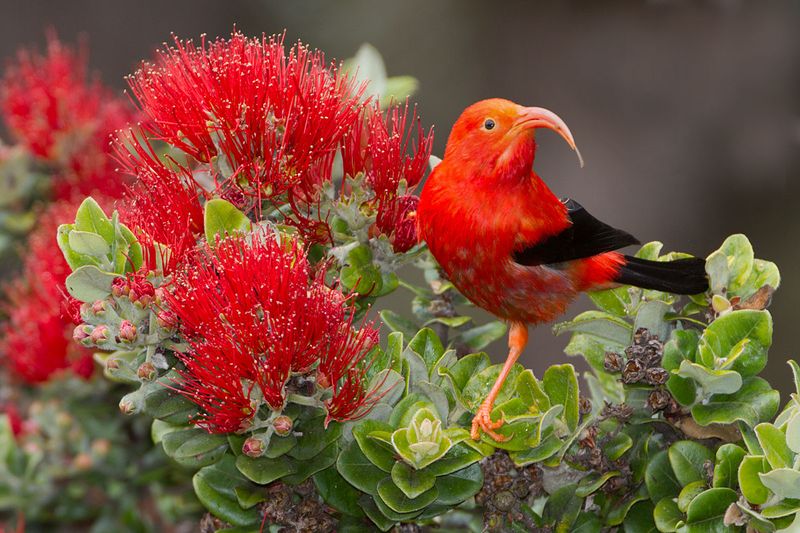
Avian malaria causes fever, weakness, and organ damage in infected birds. Honeycreepers are particularly vulnerable, with mortality rates reaching 90% in some species!
Climate change worsens the situation by allowing mosquitoes to breed at higher elevations. Once mosquito-free mountain refuges now offer no protection for these colorful forest birds.
7. How Genetically Modified Mosquitoes Work To Combat Disease
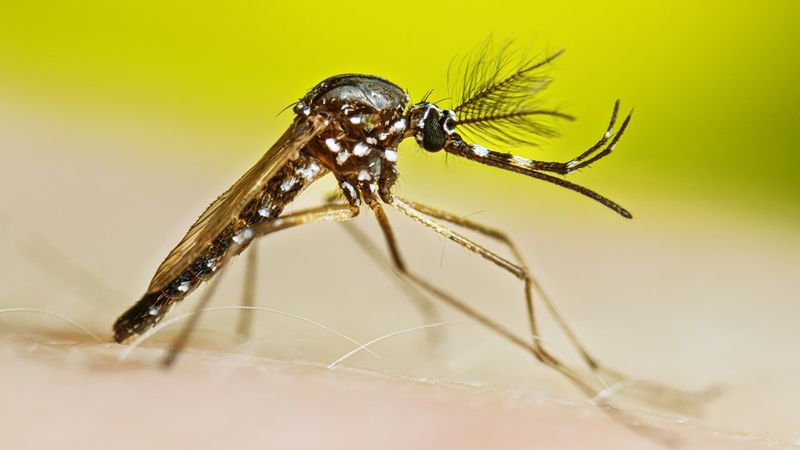
Scientists inserted a self-limiting gene into male mosquitoes that acts like a biological timer. This clever genetic trick allows modified males to mate normally, but prevents their offspring from maturing.
Unlike pesticides, this approach targets only the specific mosquito species carrying disease. The modification naturally disappears from the environment if releases stop.
8. What The Release Of Modified Mosquitoes Means For Hawaii’s Ecosystem
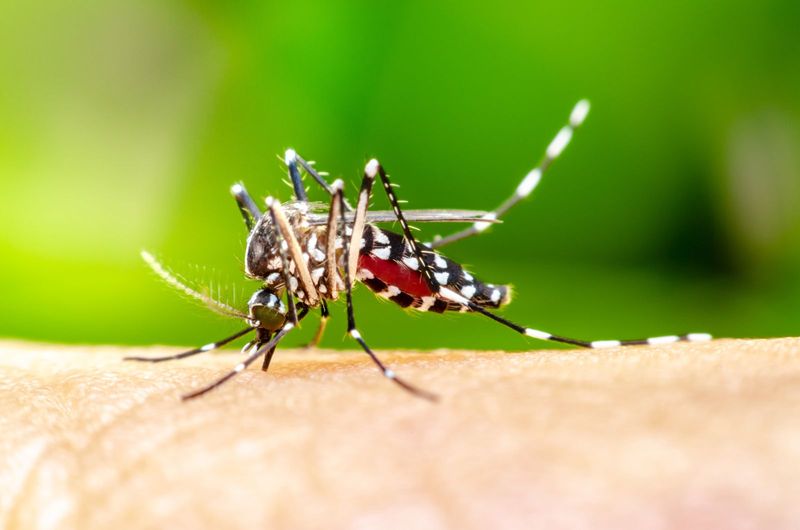
Reducing mosquito populations could trigger a cascade of positive changes throughout Hawaii’s delicate ecosystems. Bird recovery might restore seed dispersal for native plants that evolved alongside these feathered gardeners.
Scientists carefully studied potential impacts before proceeding, finding minimal ecological risk since mosquitoes aren’t native or keystone species in Hawaii.
9. The Science Behind Genetically Modified Mosquitoes For Disease Control
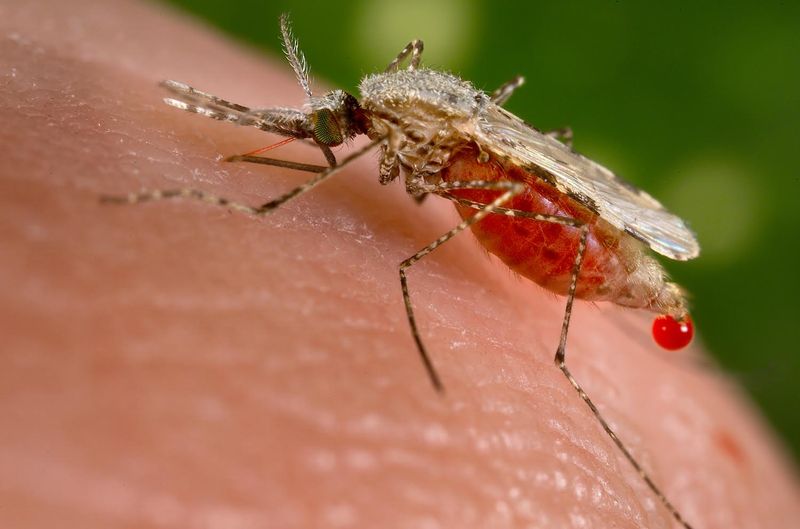
Researchers used CRISPR gene-editing technology to create these specialized mosquitoes. The technique precisely targets specific genes without affecting other DNA sequences.
Lab studies confirmed the modification works as intended, with rigorous testing across multiple generations. Scientists also developed methods to track released mosquitoes using fluorescent markers visible under special lights.
10. Can Genetically Modified Mosquitoes Help Restore Hawaii’s Bird Population?
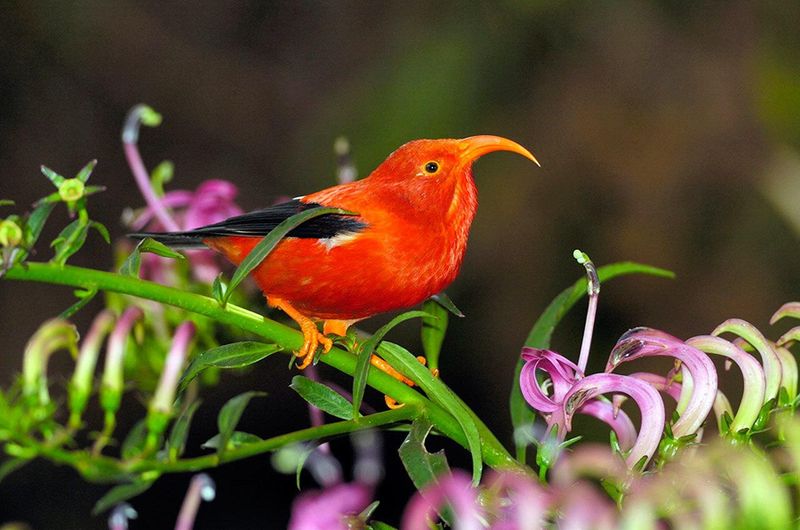
Early results from similar projects worldwide show population reductions of target mosquitoes by up to 95%. Recovery will take time, but even small decreases in disease transmission could save critically endangered species.
Conservationists are combining this approach with captive breeding programs and habitat restoration for a multi-pronged strategy to bring birds back from the brink.
11. The Controversy Surrounding The Release Of Modified Mosquitoes In Hawaii

Some community members expressed concerns about unintended consequences of genetic modification. Public debates highlighted questions about consent, indigenous perspectives, and long-term monitoring plans.
Support grew after extensive outreach explaining the technology’s safety record and the urgent threat facing native birds. The project incorporated community feedback into implementation and oversight protocols.


